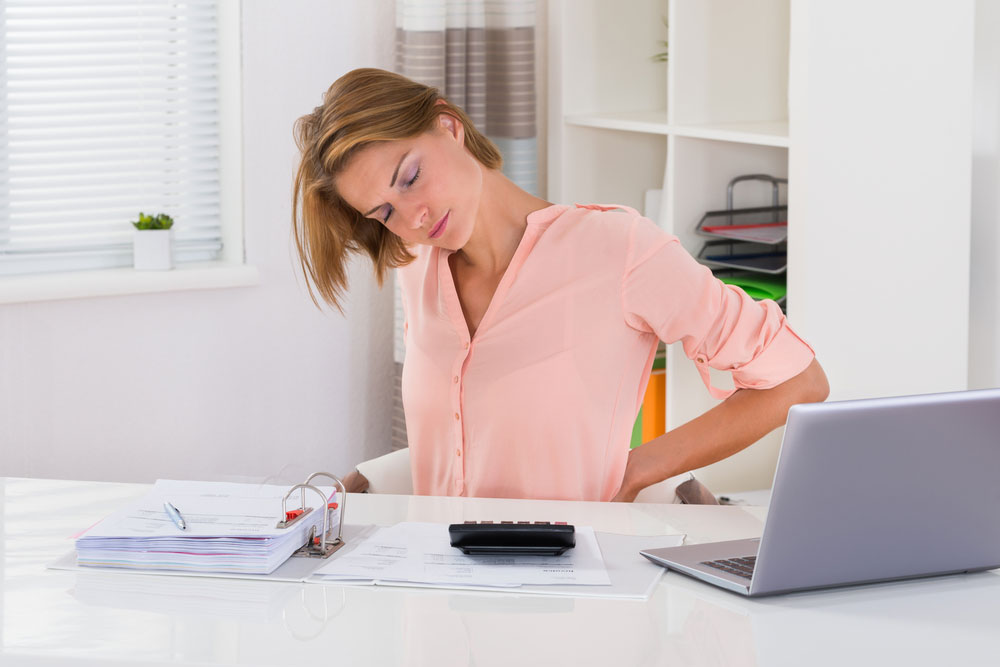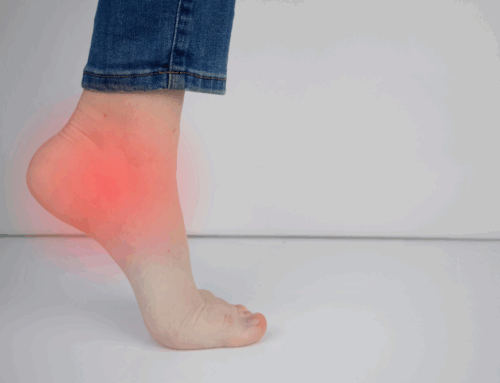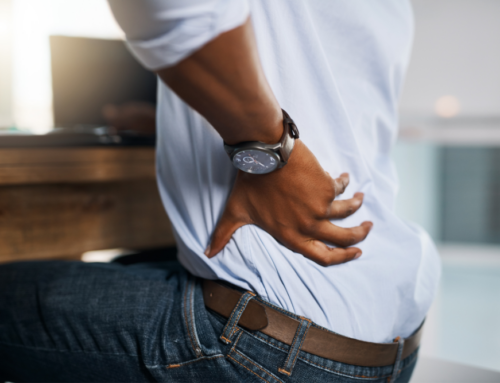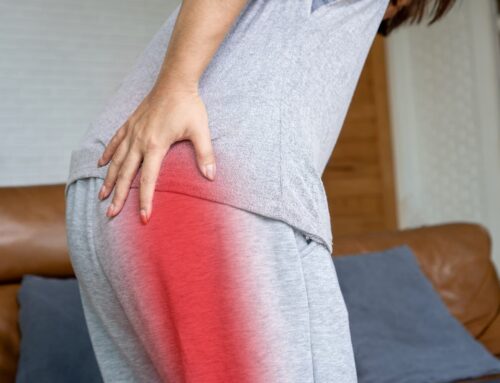Updated: January 16, 2025
Whether we’re talking about improving athletic performance in a high-level athlete or discussing how an average joe can perform all of their occupational duties and recreational activities while remaining pain-free, the relationship between the hips and lumbar spine plays a large role. Read all about it with Whitefish Chiropractic today.
Connected Joints & Ligaments
They work together and rely on each other. In order for us to move well and remain pain-free, we need to maintain the proper balance of mobility and stability between all of these connected parts.
Luckily, the body is perfectly engineered to maintain this balance, as we see a consistent pattern of mobile joints between stable segments throughout the body. When joints that should have good mobility become stiff or joints that should be stable develop excessive mobility, pain and injury become more likely.
Mobility & Stability
When looking at the relationship between the hips and the lumbar spine, ideally, the hips have a great deal of mobility while the lumbar spine remains well stabilized by the surrounding muscles known as the “core stabilizers”.
When we see a reversal in this relationship with the hips becoming stiff and immobile and the lumbar spine moving excessively and becoming unstable, this opens the gates to many potential low back injuries and pain.
This sheds light on a few important points:
- Low back pain is not solely related to stiffness/restriction of the joints in the lumbar spine. Often times individuals are experiencing low back pain due to excessive movement and overuse as compensation for immobility above or below.
- It is extremely important to look outside of the area of pain in order to find the root cause of the problem to ensure that we are treating the true cause rather than a downstream effect.

Prolonged Poor Sitting Posture
A lot of things we do in life result in us spending a lot of time sitting. Whether it’s for your job, driving a vehicle, or scrolling the internet, we end up in the seated position quite a bit.
The act of simply sitting down does not ensure stiff hips and low back pain, but when we sit with poor posture for extended periods of time, those things become much more likely.
Sitting slouched with a rounded low back creates multiple problems, such as:
- Disproportionate pressure on the front of the discs of the lumbar spine
- Excessive tension in the low back musculature
- Overstretching of the connective tissue structures of the low back
These issues all promote excessive motion and instability of the low back.
Muscle Imbalance – Lower Crossed Syndrome
As for the hip issues associated with sitting with poor posture for prolonged periods of time – range of motion or extensibility of the tissues of the body is the epitome of the phrase “if you don’t use it, you lose it”.
Tight hip flexors: when we sit with the hips in flexion for long periods, this leads to muscle tension and shortening of the hip flexor muscles. This can result in difficulty extending the hips, which is important for many activities such as walking and running.
Tight adductors: Similarly, the muscles in the inner thigh, known as the “adductors,” become short and tight due to the feet staying within the frame of the shoulders, preventing the muscles in the inner thigh from lengthening and being used through their full range of motion.
Tight external rotators: Lastly, it is also common to find increased tone and tension in the “external rotators” of the hips as we sit with the feet and legs turned outward slightly and rarely perform activities that involve internal rotation of the hips.
This excessive muscular tension restricts movement in the hips, but the human body is a master compensator, so it will find a way to allow you to continue performing the activities of daily life.
A common compensatory strategy we see when the hips don’t move well is excessive movement occurring in the lumbar spine.
So, if the person can’t extend their hips due to increased tension in the hip flexors, the body responds by overly extending the joints in the low back. This is a testament to the amazing adaptability of the human body but also increases the risk of pain and injury in the low back. Compensatory strategies are, therefore, often examples of the expression “robbing Peter to pay Paul”.
Final Thoughts about Hip and Lower Back Pain
This common compensatory relationship between the hips and the low back is just one of many examples of the interconnectedness of the human body and its amazing ability to adapt and survive.
Hopefully, the information in this blog helps illustrate why we do not use a “one size fits all” approach to low back pain or any pain for that matter.
Pain is complex.
It can be caused by things moving too much, not enough, or a combination of the two. It can be felt in the area of the problem but more commonly, where we feel pain is not where the problem is occurring, so we must look elsewhere for the dysfunction that is driving the painful symptoms.
Natural Relief for Hip & Lower Back Pain
This is why we start each patient with an in-depth assessment at Whitefish Chiropractic Center and utilize a multi-modal approach consisting of joint manipulation, soft tissue treatment, and functional rehabilitation to achieve lasting results.




